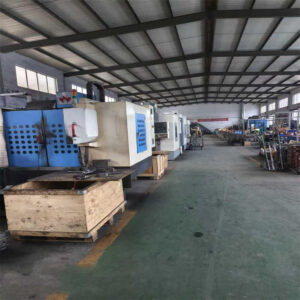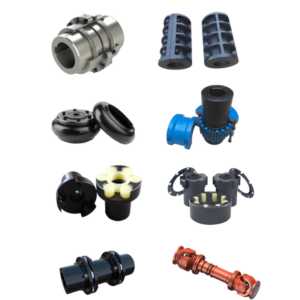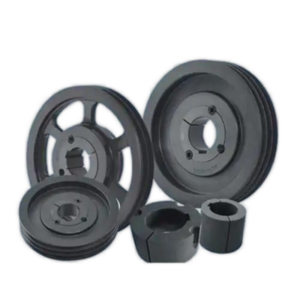There are several types of gear reducers (also called gearboxes or speed reducers), each with unique features suited for specific applications. Here’s a detailed list of the main types of gear reducers, their subtypes, and typical applications:
⚙️ 1. Spur Gear Reducer
- Description: Uses straight-cut gears.
- Applications: Low-speed machinery, conveyors, and simple mechanical systems.
- Pros: Simple, cost-effective, efficient at moderate speeds.
- Cons: Noisy at high speeds.
⚙️ 2. Helical Gear Reducer
- Description: Uses angled teeth for smoother and quieter operation.
- Applications: Industrial equipment, conveyors, elevators, packaging machinery.
- Pros: Higher efficiency, smoother and quieter than spur gears.
- Cons: More expensive and complex.
⚙️ 3. Bevel Gear Reducer
- Description: Gears mounted on shafts at a 90° angle.
- Types: Straight bevel, spiral bevel.
- Applications: Right-angle drives in automotive, printing presses, and conveyors.
- Pros: Can change direction of drive, efficient.
- Cons: More complex and expensive.
⚙️ 4. Worm Gear Reducer
- Description: Uses a worm (screw) and a worm wheel.
- Applications: Lifts, hoists, conveyors, gates, and rotary tables.
- Pros: High reduction ratio in compact space, self-locking feature.
- Cons: Lower efficiency, more heat generation.
⚙️ 5. Planetary Gear Reducer
- Description: Central sun gear, surrounded by planet gears inside a ring gear.
- Applications: Robotics, CNC machines, aerospace, automotive transmissions.
- Pros: High torque in a compact size, very efficient and durable.
- Cons: More expensive and complex.
⚙️ 6. Cycloidal Gear Reducer
- Description: Uses cycloidal motion and rolling elements.
- Applications: Robotics, automation, heavy machinery.
- Pros: Very compact, high torque, shock-resistant, high efficiency.
- Cons: More expensive, slightly more complex.
⚙️ 7. Harmonic Drive (Strain Wave Gear)
- Description: Uses a flexible spline to transmit torque.
- Applications: Robotics, aerospace, precision equipment.
- Pros: Extremely precise, compact, no backlash.
- Cons: Limited torque, higher cost.
⚙️ 8. Hypoid Gear Reducer
- Description: Similar to bevel gears but with offset shafts.
- Applications: Automotive differentials, heavy-duty machinery.
- Pros: Smooth, quiet, higher torque capacity.
- Cons: Requires lubrication, more costly.
⚙️ 9. Right-Angle Gear Reducers (General Term)
- Includes: Worm, bevel, and hypoid gearboxes.
- Applications: Where space-saving and shaft direction changes are needed.
⚙️ 10. Inline Gear Reducers (General Term)
- Includes: Spur, helical, planetary.
- Applications: Where the input and output shafts are aligned.
📊 Quick Summary Table:
| Type | Best For | Key Feature |
|---|---|---|
| Spur Gear | Basic machinery | Simple & affordable |
| Helical Gear | Industrial machinery | Quiet & efficient |
| Bevel Gear | Direction-changing drives | 90° shaft angle |
| Worm Gear | Compact high reduction | Self-locking |
| Planetary Gear | High torque in small space | High load capacity |
| Cycloidal Gear | Heavy-duty robotics | Shock load tolerance |
| Harmonic Drive | Precision control | Zero backlash |
| Hypoid Gear | Automotive & heavy-duty | Quiet & strong |







